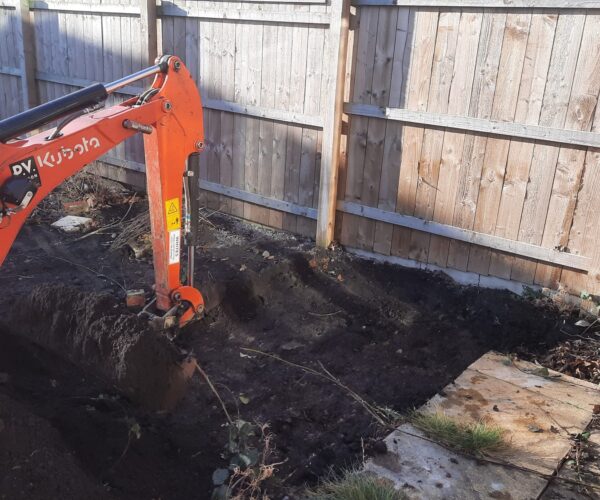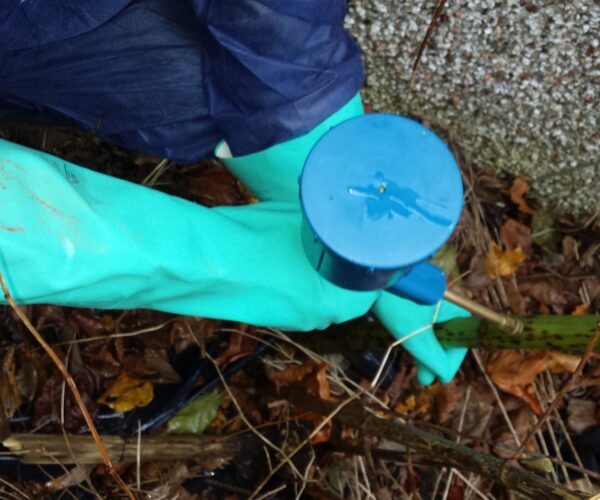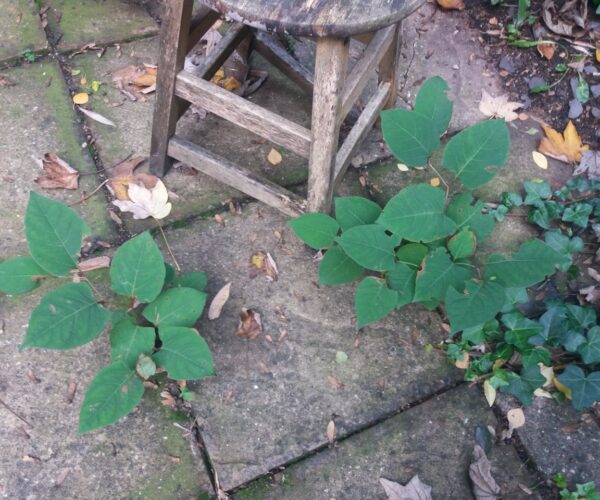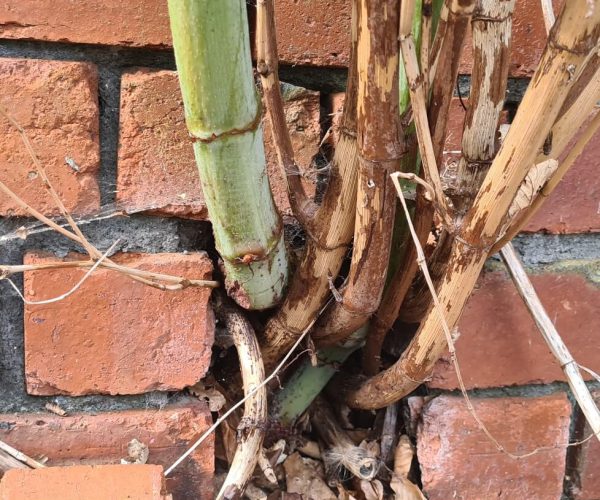Fast growing Himalayan balsam
Mainly found on riverbanks and along railway embankments, Himalayan balsam grows at phenomenal rates.
While it can be removed by hand, extra care must be taken. Contact with this invasive plant can result in the dispersal of seeds, worsening the problem.
If you have concerns about Himalayan balsam removal, we’re here to help.
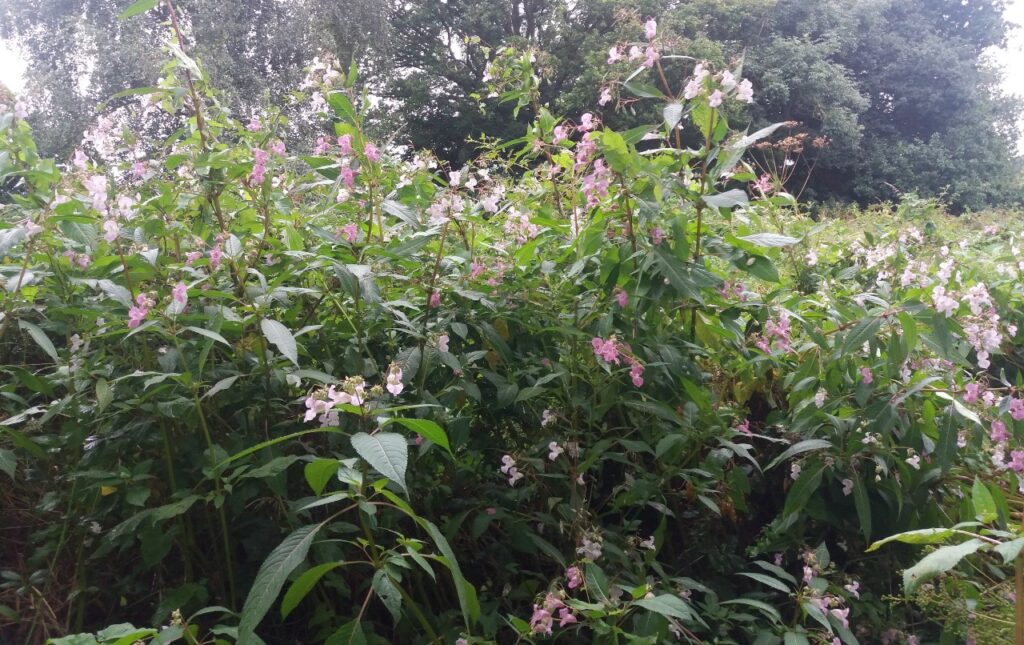
 10 year insurance backed guarantee
10 year insurance backed guarantee 